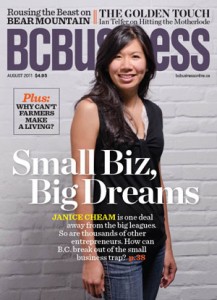Marketing Video Reflection
I had a lot of fun working with my team throughout the year. For our final project, we were assigned to create a video that summarized everything we’ve learned about our chosen company. The group that I have been working with chose Abercrombie & Fitch. This was an interesting company to research, mostly because of some questionable things that CEO Mike Jeffries has said about their products and who their target audience is, as well as some of the controversial marketing tactics the company has used.
I’m fortunate to have gotten along with my team members. Although coming into this project we (and by we I mostly mean me) were kind of technologically inept, we seem to have overcome our struggles and it has been overwhelmingly satisfying watching our video come together. In addition, the challenge that this video has presented to our group has actually been pretty fun and has left me with a few new friends.
Through the process of editing this video, my team has been taught invaluable technological skills that will surely be of use to us later in life. Although it may have been frustrating at times, being done with this project and seeing the final product has been a great way to end this class.


 campaigns and have climbed their way to the top of the food chain in the men’s toiletries industry. In his
campaigns and have climbed their way to the top of the food chain in the men’s toiletries industry. In his 


